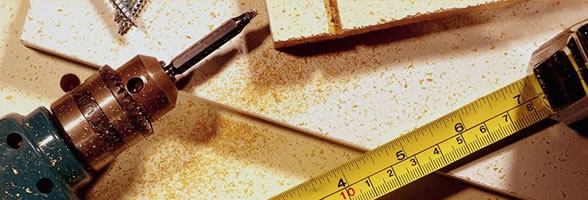Article archive
15/07/2016 20:28
Marou founders Vincent Mourou (left) and Samuel Maruta taste the cacao pods, which are brightly colored on the outside. Justin Mott
The world’s most exquisite bars are being made in a garage in Ho Chi Minh City.
There is nothing unusual, not in this era, about being a tiny, artisanal, single-origin chocolate maker. But the artisanal, award-winning chocolate I’ve come to see is being manufactured by a tiny operation called Marou in a factory on the outskirts of Ho Chi Minh City, with beans that were hand-picked on a skinny strip of an island called Tan Phu Dong in the Mekong Delta.
Vietnamese chocolate is unlike any other. It’s made mostly from a bean called trinitario, an 18th-century blend of forastero — the high-yield bean now used by Big Chocolate — and the rarer, more nuanced criollo. Marou’s chocolate has a particular complexity and...
—————
15/07/2016 20:23
Marou chocolate is favoured by many French customers
The lightly bitter, sweet taste of Vietnamese chocolate bars has won the hearts of many French people in a recent meeting in Foyer Vietnam in Paris.
Imported by Delikats Company, the Vietnamese chocolate brand Marou is now present in France, one of the world’s best-known chocolate makers and processors.
The creation of the Marou brand name is attributed to the passion and creativity of two French chocolate makers, Vincent Mourou and Samuel Maruta, who quit their jobs in finance and advertising in France and traveled to the Central Highlands and Mekong Delta regions of Vietnam. There, they worked with Vietnamese farmers at cocoa farms.
Their ambition was creating a chain of self-contained chocolate production, from processing cocoa seeds to packaging and selling chocolate bars. This production form is called “bean-to-bar” in English, but it had not yet been carried out in Vietnam.
So far, the French company has created...
—————
14/07/2016 21:15
The ancient imperial citadel in Hue City, the central province of Thua Thien-Hue, has been selected the top tourist destinations in Vietnam in 2016 by the National Administration of Tourism and the Vietnam Tourism Association.
Tourists visit Hue citadel, which tops tourist destinations in Vietnam.
Hue Imperial Citadel is part of the Complex of Hue Monuments, a political, cultural and religious centre under the Nguyen Dynasty lasting from 1802 to 1945 that was recognised by UNESCO as a World Cultural Heritage site in 1993.
Director of the Hue Monuments Conservation Centre (HMCC) Dr. Phan Thanh Hai said that after the recognition, all 132 major works and items in the complex of Hue monuments have been restored.
This year, the centre plans to invest 129 billion VND in restoration works; last year, 163 billion VND was spent on the conservation.
Besides Vietnam’s own efforts, over 50...
—————

